Rattlesnakes
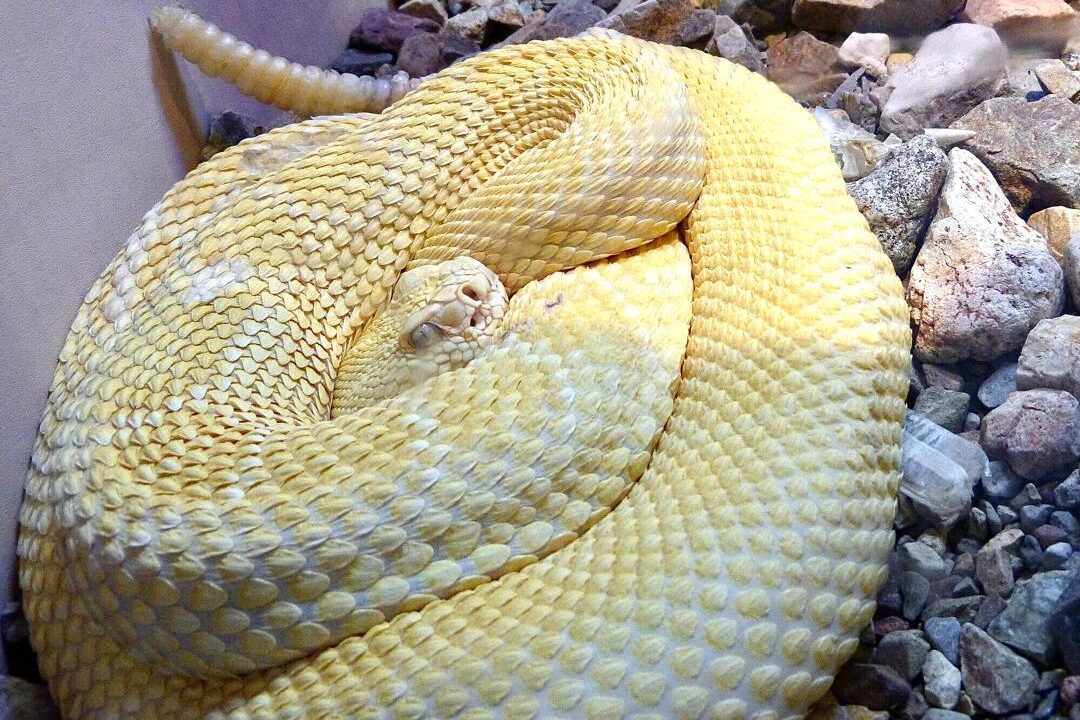
Rattlesnakes are a major threat in the Texas desert. Their venom can cause severe pain, tissue damage, or death without treatment. The Western diamondback is the most aggressive and often responsible for bites. Their camouflage makes them hard to see, and they strike fast if provoked. Active at dawn, dusk, and night, they’re easy to stumble upon. Quick medical help is essential after a bite.
Source: statesman.com
Scorpions
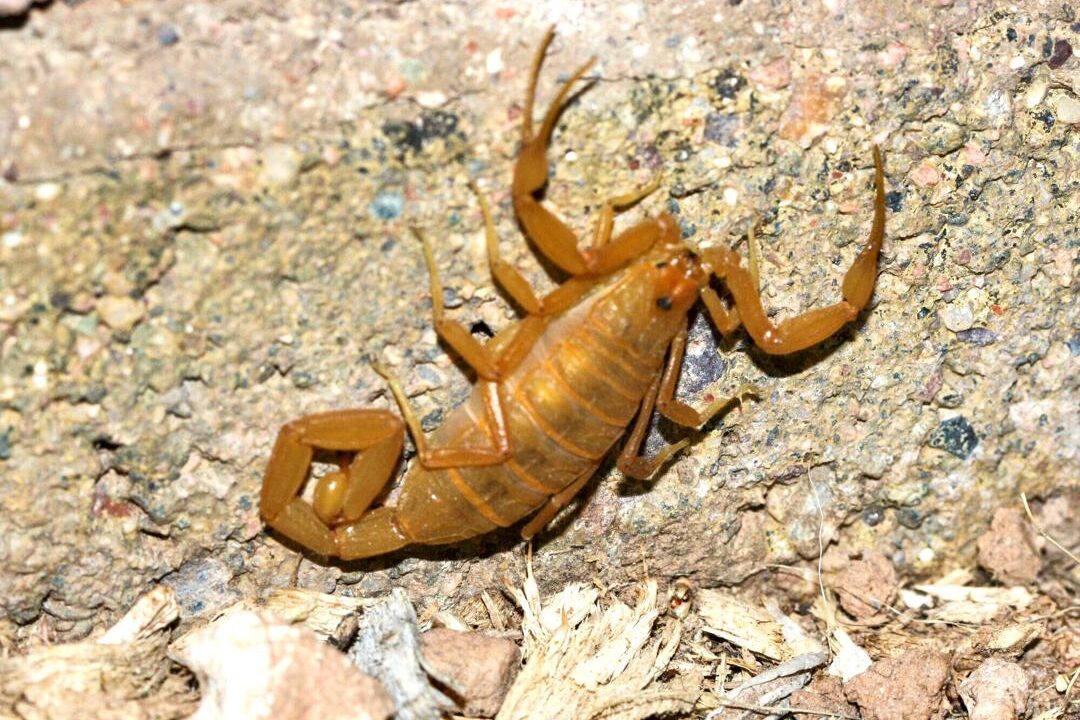
Scorpions may be small, but their sting can be intensely painful. The Arizona bark scorpion, found in Texas deserts, is especially dangerous due to venom that can cause numbness, muscle spasms, or even breathing issues. They hide during the day and come out at night, increasing the risk of surprise stings. Their tiny size makes them easy to miss. Children and older adults are most at risk, so quick medical care is key after a sting.
Source: DallasRentokil
Black Widow and Brown Recluse Spiders
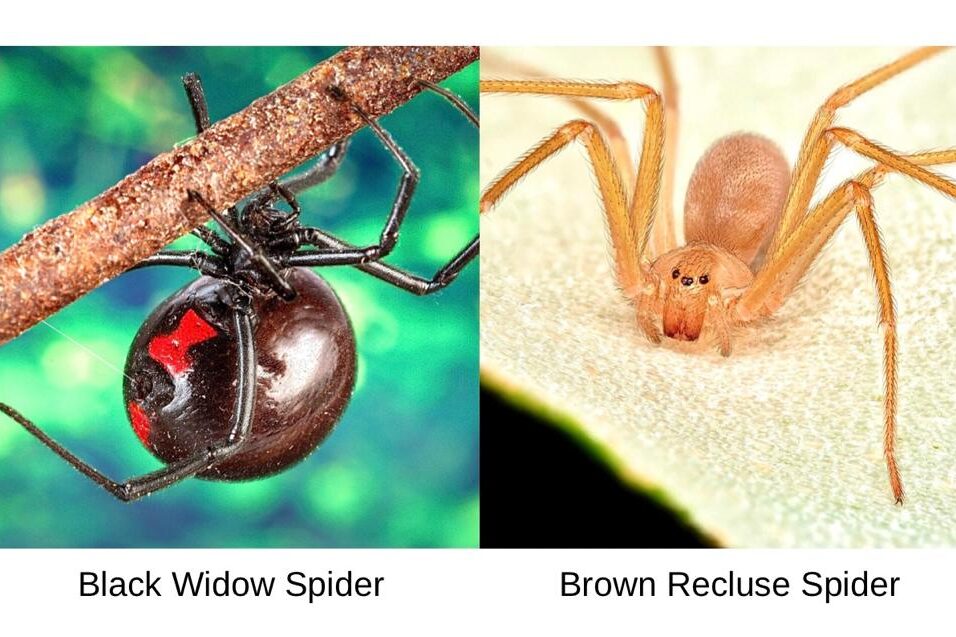
In the Texas desert, black widows and brown recluses are two of the most dangerous spiders. The black widow’s venom causes muscle cramps, nausea, and trouble breathing. The brown recluse can cause tissue death, leading to painful wounds that may need surgery. Both spiders are shy and bite only when disturbed, often hiding in dark, quiet spots like wood piles or shoes. Bites can cause serious issues, especially for kids or those with weak immune systems. Quick medical care helps manage symptoms and prevent complications.
Source: mcgrathpestcontrol
Kissing Bugs
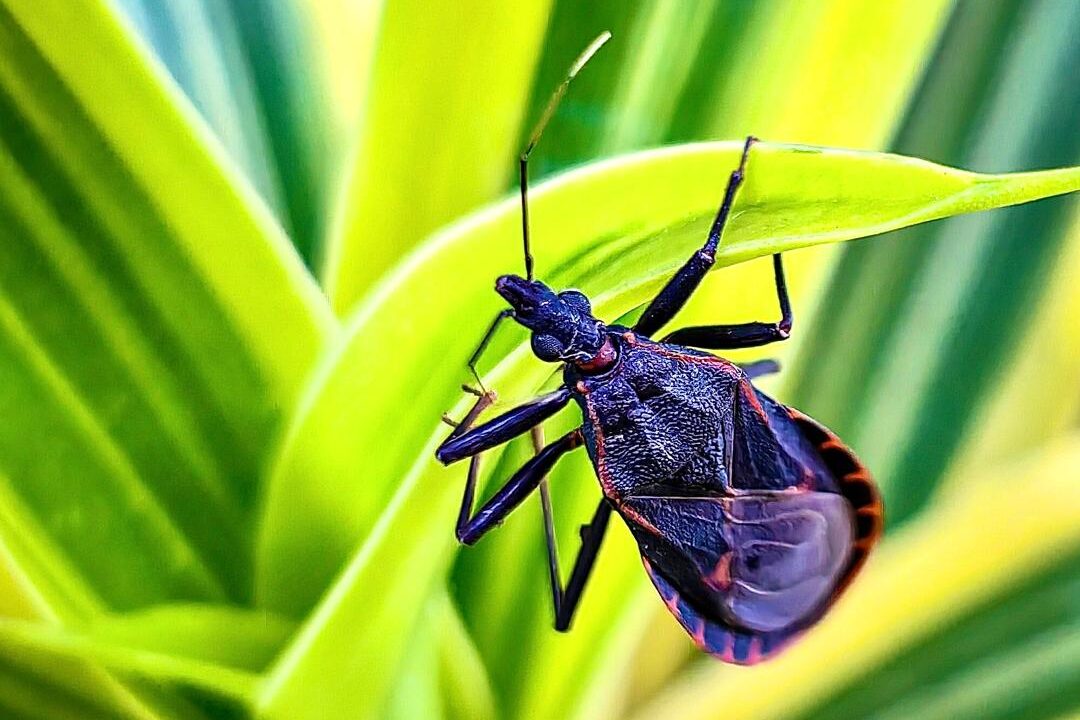
Kissing bugs are nocturnal insects found in the Texas desert that feed on blood, often biting around the face while people sleep. Their real danger is spreading Chagas disease, a serious illness caused by a parasite in their feces. Infection occurs when someone scratches the bite area. Chagas can cause heart and digestive issues years later. Because their bites are painless, people often don’t realize they’ve been exposed. Sealing homes and using bed nets can help reduce risk, especially in rural areas.
Source: tamu.edu
Fire Ants
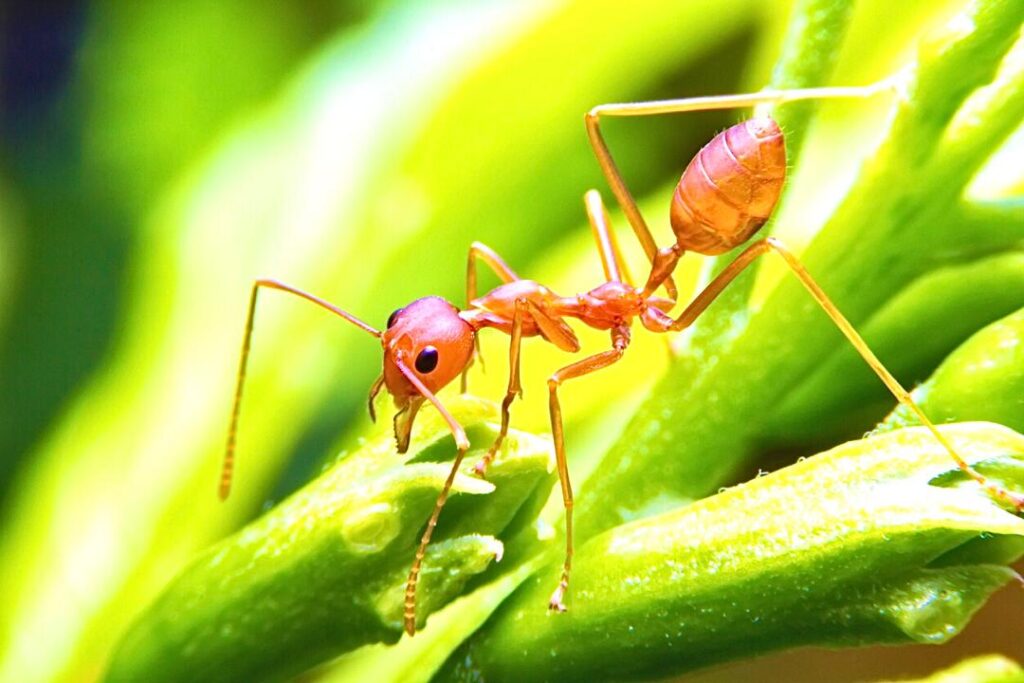
Fire ants, including invasive red imported fire ants, are known for their painful, burning stings and aggressive swarming behavior. When disturbed, they attack in large numbers, injecting venom that can cause itching, swelling, and in some cases, severe allergic reactions like anaphylaxis. Their nests are often hidden, making accidental contact common. They sting repeatedly and pose serious risks to both people and animals. Avoiding their nests and knowing how to respond, especially if allergic, is key to staying safe in the Texas desert.
Source: Tamu.edu
Mountain Lions
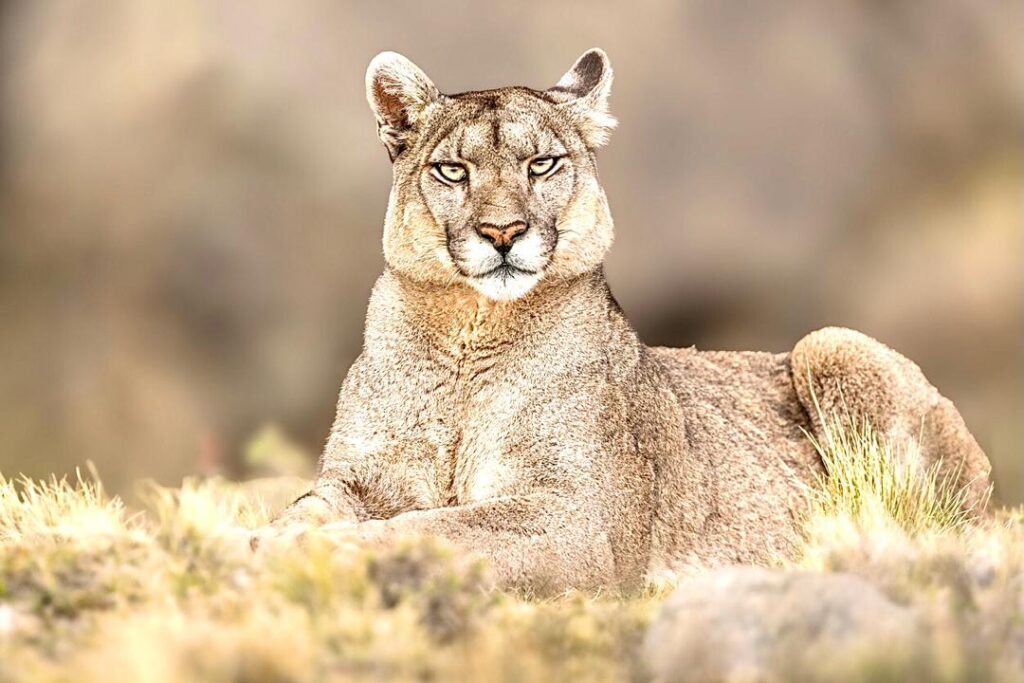
Mountain lions, or cougars, are powerful predators found in the rugged areas near the Texas desert. They’re stealthy, fast, and rarely seen—until they feel threatened or food is scarce. Though attacks on humans are rare, they can be serious. If you encounter one, don’t run. Instead, stand tall, make eye contact, and back away slowly. Their presence is a reminder that wild predators still roam Texas, and caution is key when hiking in their territory.
Source: MountainLion.com
White-Tailed Deer

White-tailed deer may look harmless, but they cause thousands of road accidents each year in Texas, especially at dawn and dusk. Their sudden movements and the desert’s poor visibility make collisions dangerous for both drivers and deer. Experts urge caution in deer-prone areas, using high beams when safe, and staying alert during peak activity times.
Black Bears

Black bears sometimes wander into Texas’s desert edges, posing risks due to their strength and unpredictability. While they usually avoid people, they can become aggressive if surprised or drawn by food. Mothers with cubs are especially defensive. To stay safe, store food properly, make noise while hiking, and back away slowly if you encounter one.
Coyotes

Coyotes are common in the Texas desert and can become bold if used to humans. They pose risks to pets, livestock, and occasionally people, especially if rabid or threatened. Active mostly at night, they’re smart and hunt in packs. To stay safe, avoid feeding them, secure food and trash, and watch pets closely outdoors.
Painful Wasps and Insects

The Texas desert hosts stinging insects like wasps, hornets, and aggressive ants, some with extremely painful stings. Nests often hide in burrows, trees, or walls, and disturbing them can trigger swarms. Species like the tarantula hawk have stings ranked among the most painful. For those allergic, even one sting can be life-threatening. Staying alert and carrying emergency meds can prevent serious reactions outdoors.
Giant Desert Centipede
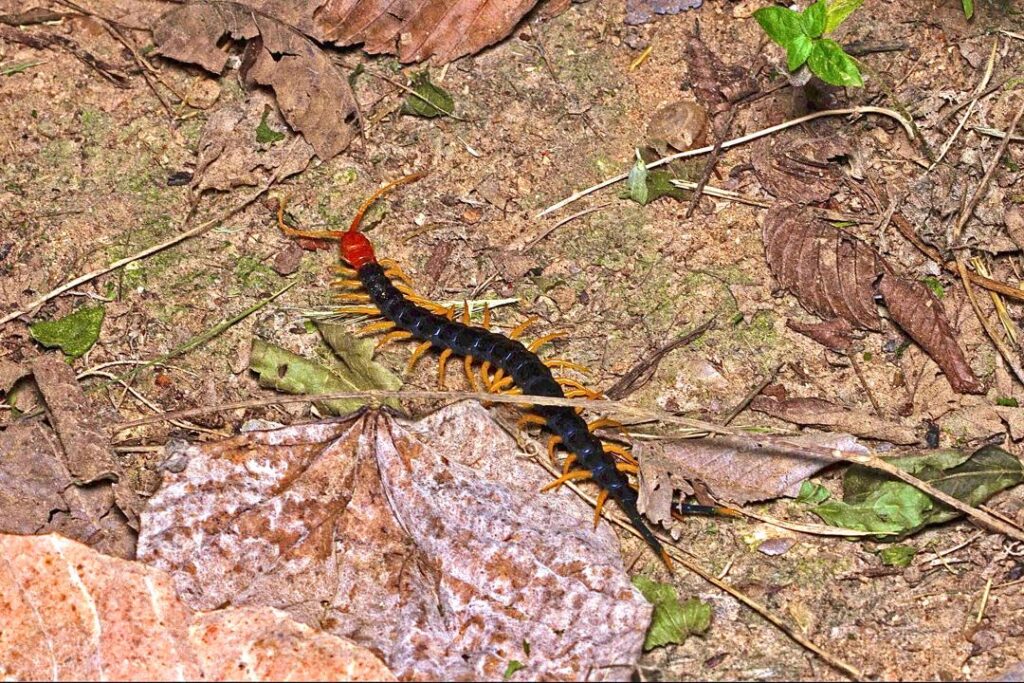
The giant desert centipede, especially the redhead variety, can grow over a foot long and delivers a venomous bite that causes intense pain, swelling, and numbness. Aggressive when disturbed, they hide under rocks by day and roam at night, making surprise encounters common. Experts warn against handling them, as bites can lead to infection and serious discomfort.
Javelinas
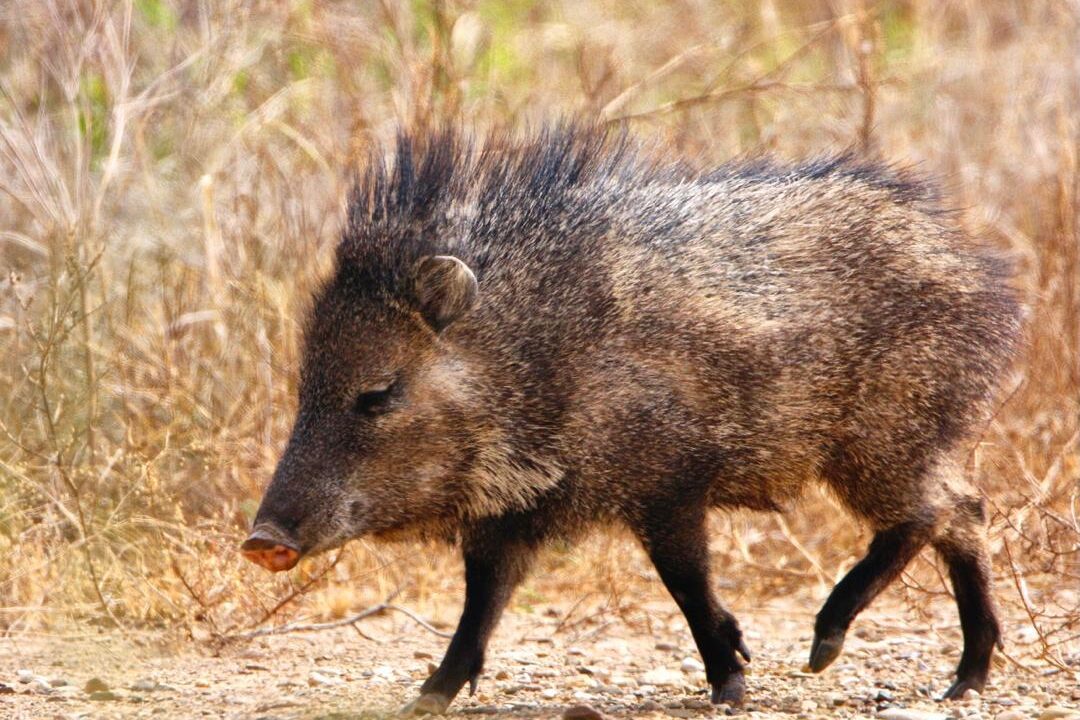
Javelinas, or collared peccaries, are pig-like animals that roam the Texas desert in herds. While they mainly eat plants, they can turn aggressive if threatened, especially when protecting their young. Their sharp tusks can cause injuries, and they sometimes charge unexpectedly. They also carry diseases that affect humans and pets. Experts recommend keeping your distance and securing food to avoid attracting them.
If you like this story, please give it a thumbs-up. To suggest changes or contact our editor, email Michael at mgitter@gmail.com. Thank you, DailyFetch.


